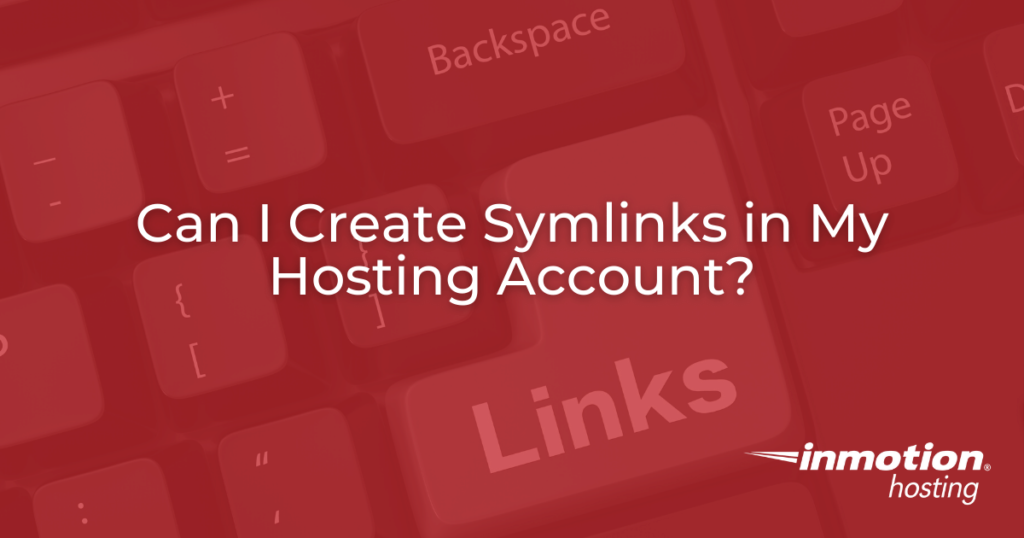
Can I create symlinks in my hosting account? This article will go in depth in answering this question. Symbolic links, or “symlinks,” are an important part of your every day Unix-like operating system. They provide you with an easy way of directing information and output to different files in your system. Naturally, creating symlinks may be an important part of your system maintenance on any VPS server.
Can I Create Symlinks In My Hosting?
Answer: Yes, you can create symlinks in your hosting, but you must make sure you have the necessary privileges and access to your server. A VPS or dedicated hosting plan is ideal for. Learn more about the differences between VPS vs dedicated.
SSH Access
Symlinks are created with the ln command, so you are required to log into your server with SSH and run the command with a terminal emulator.
The SSH protocol manages command line access to your server from anywhere. Be sure to check out of some of these guides on using SSH securely on your server:
- Advantages of SSH
- SSH management for dedicated server hosting
- How to manage SSH keys for your server
Possible Issues With Creating Symlinks
Some of the most common issues with creating symlinks in your hosting account come from permissions, or the construction of the command itself with respect to the file system. If you can master those finer points, the full expression of the ln command is available to you.
Permission
Higher level admin privileges are required to take full advantage of your symlink capabilities. You must root user or sudo privilege to access the whole file system. However, if you have a unique purview, and access to certain files and directories has been granted to you, this is all you need to run the command. See our full guide on creating users in CentOS.
File Structure
When creating symlinks to various files in your server, you have to know whether you need hard links, soft links, absolute paths, or relative paths. We discuss the differences between all of these options in the linked guide, but the point basically is you need to understand the ins and outs of the ln command before trying to make your own symlinks and how the program interacts with your file system.
